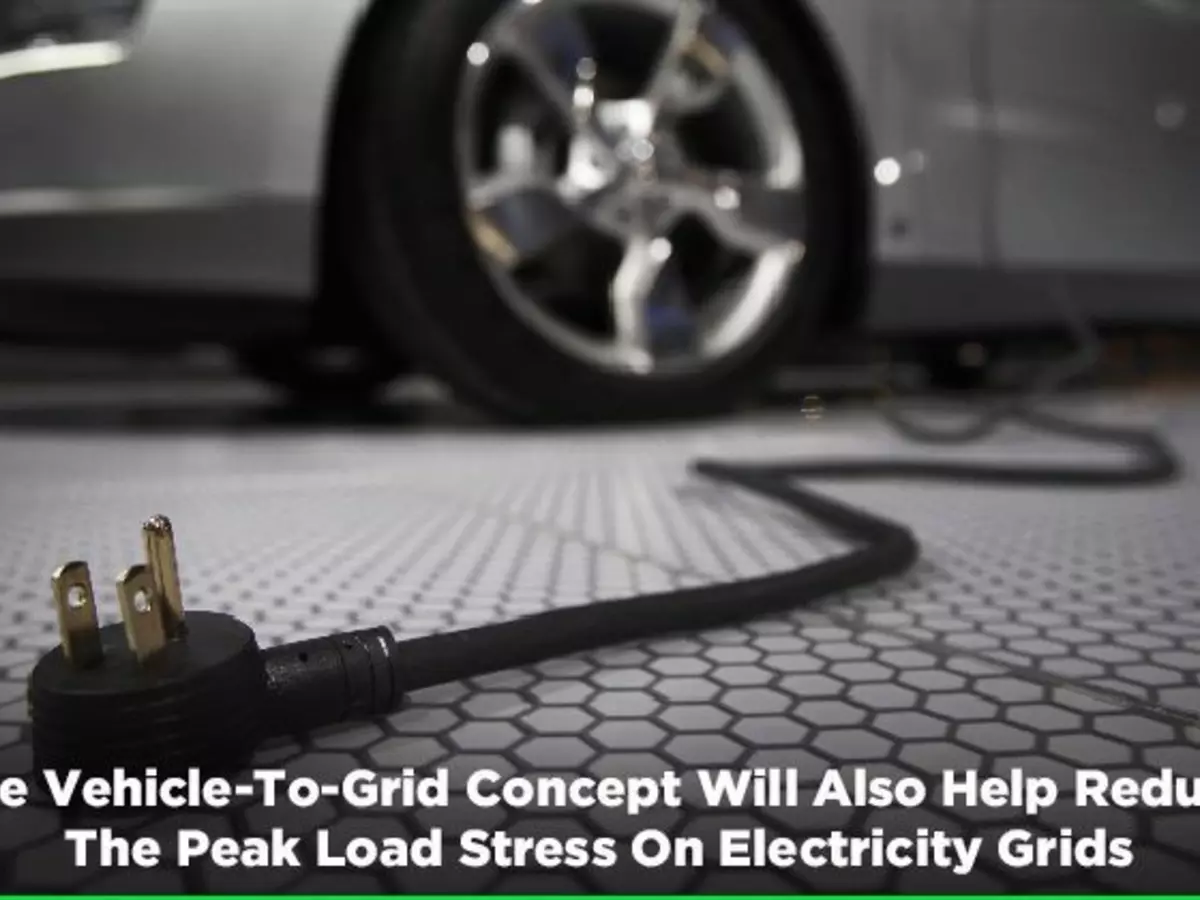This Technology Might Help Save Electricity Grids From Rise In Charging Demands Of EVs
EON EONGnDE and EDF EDFPA have proposed a reverse electric flow through Vehicle-to-Grid V2G technology. If an EV is left with a charge in its battery in its idle time it can be used to supply electricity to the grid which can then be used elsewhere. The companies are also pushing the auto makers to incorporate the technology in their EV offerings.

With millions of electric cars expected to hit the roads soon, an impending risk is the peak loads that will be put on the electrical grids. A possible solution to this will also be an opportunity for some, an opportunity to run their car for practically free.
A case which will come into play if E.ON (EONGn.DE) and EDF (EDF.PA) have their way. The firms have proposed a reverse electric flow, through Vehicle-to-Grid (V2G) technology, from the electric vehicles to the grid. Meaning, if an EV is left with a charge in its battery in its idle time, it can be used to supply electricity to the grid, which can then be used elsewhere.
For this, the companies plan to give incentive to the vehicle owners too, nullifying their expense on charging in the process. It is a simple give and take when you look at it. The only point that would matter are the timings of the charges. Charging EVs at odd times would be less stressful on the grid, while supplying electricity to the grid during peak hours will help reduce the demand stress.

Reuters
For this, the companies are also pushing the auto makers to incorporate the technology in their EV offerings. While those like Nissan are in on the idea and are working on the technology, many others have simply opposed it.
Car makers believe that the end users are looking for batteries that charge faster and provide a wider range. Feeding back to the grid is not an agenda they hold and hence would not be interested, which makes sense. If the battery troubles can be eliminated by more efficient batteries that can run for longer, the charging frequency would automatically drop, reducing the load on the grid.

Reuters
The V2G concept has been around for long but never gathered much momentum for the above mentioned reasons. So even though it can be used to reduce risk on the electrical grid, potentially even reducing the costs to be incurred in setting up new charging stations, not many have paid heed to it. And if the situation prevails, don¡¯t be surprised if you never see the concept in works anywhere around you.
